The Pyrenees are so big and have played such an important part in my Spanish mountain education that they deserve their own post. I’ve spent a lot of time in this great mountain range, crossing between France and Spain, meeting all sorts of livestock and humans in the hills and valleys along the way. Here’s a bit of a tour from west to east, along the length of the Pyrenees that I’ve walked.
This summer my sister and I walked part of the HRP through the Navarran Pyrenees, where the impressive Pic d’Orhy was our first obstacle.

Mornings in the Pyrenees are magic. Especially when you’re camped next to a spring, like we were at the Source de Marmitou, just over the French border near Lescun.

My first trip to the Pyrenees, in 2007, led us to the spectacular Ibón de Acherito.

I’ve gazed upon the Midi d’Ossau from many angles and it’s striking any way you look at it. This summer we saw it from the Ibones de Anayet, just west of the Formigal ski station.

Crossing the rocks pictured here with no trail to speak of and high above the valley below was frightening and exhilarating,

but the view from the pass we reached (the impressively steep and narrow Port du Lavedan) over the Ibones de Arriel and south into Spain was definitely worth it.

Near the Col de la Fache, below the pyramid-shaped Grande Fache (Gran Facha), you can find snow and ice above a crystal clear ibon well into August.

The Gran Facha is a 350-meter exposed scramble from the col to the top. The views from the summit are amazing, though at the time I was concerned about making it down safely.

Vignemale is probably the coolest mountain I’ve seen in the Pyrenees. The day we were there in August 2010 there had been a helicopter hovering nearby. ‘Dropping food off at the hut?’ we asked a park employee. No, he explained grimly. It was looking for the body of a climber who had fallen into a crevasse in April.

The views from Monte Perdido are spectacular: this is the Lago Helado and the Cilindro (and the procession of people heading up the mountain).

And here’s Perdido itself, part of one of the two Spanish national parks in the Pyrenees, Ordesa.

Without cows, sheep, and shepherds the Pyrenees wouldn’t be the Pyrenees. This is the Cirque d’Estaubé, just east of Gavarnie.

The other Spanish national park in the Pyrenees is Aigüestortes, home to the eerie peaks of Els Encantats.

From Mont Roig, a peak in Catalunya near the end of our walk on the HRP two summers ago, we had this view back at the snow-covered mountains of Maladeta Massif, many kilometers away.

This journey is to be continued.
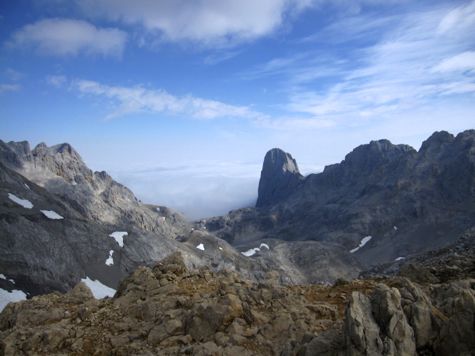

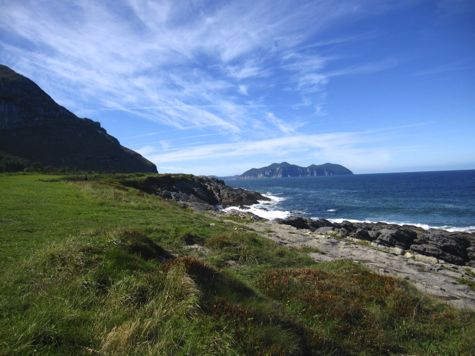
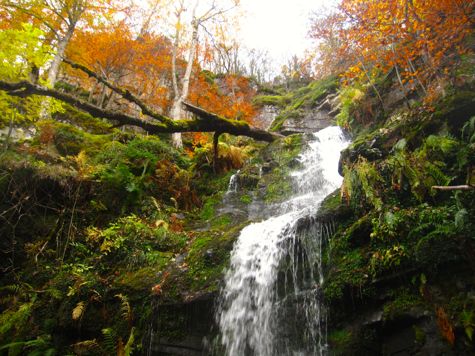
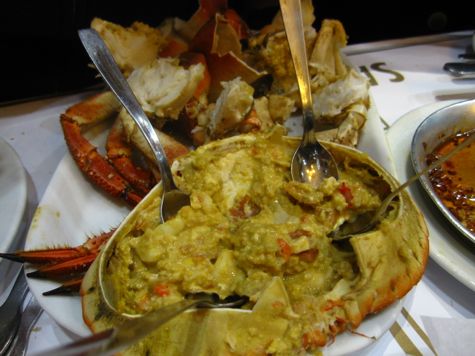
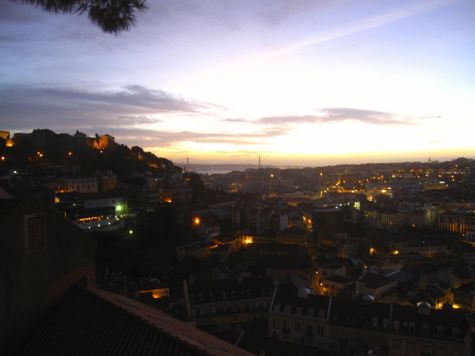
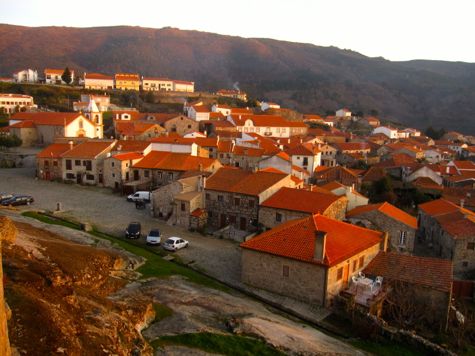
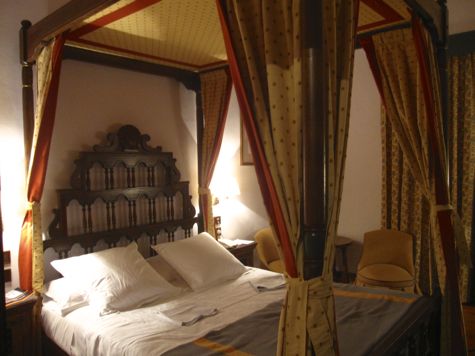
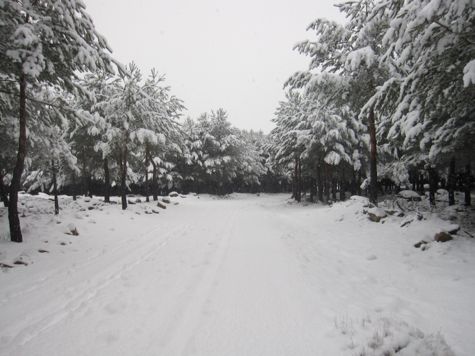
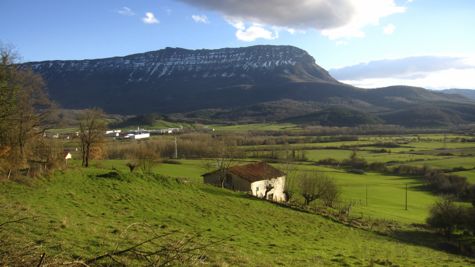
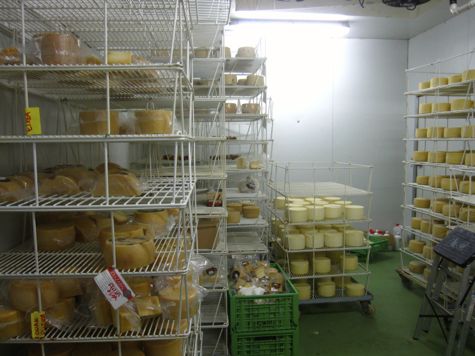
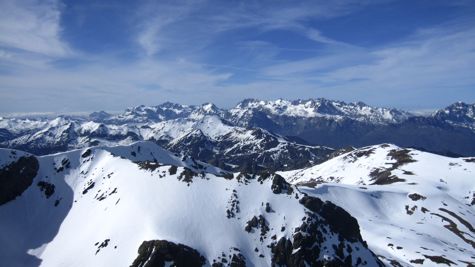
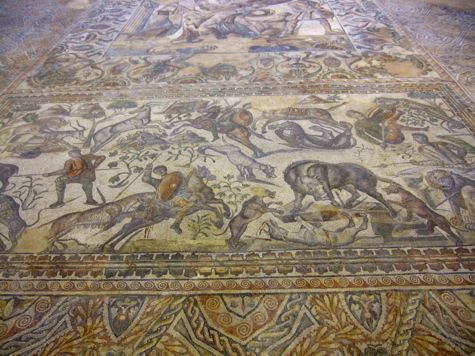
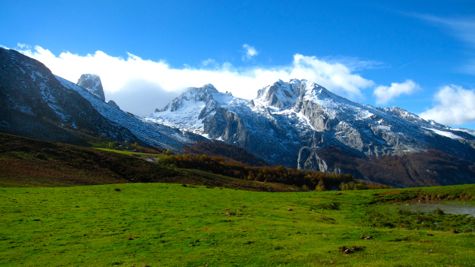
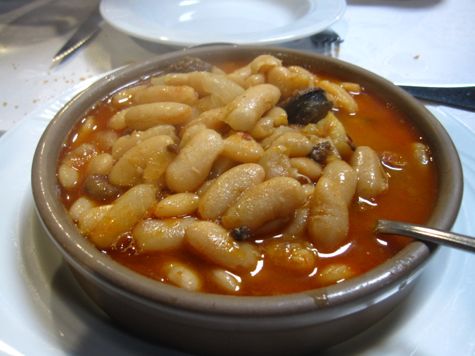
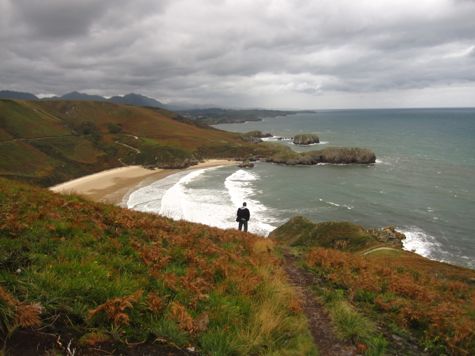
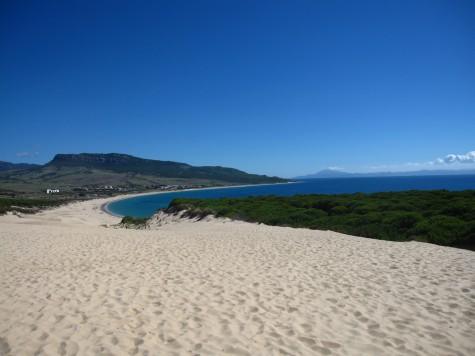
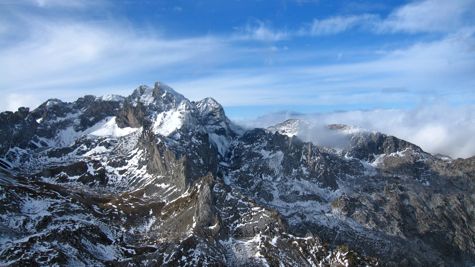

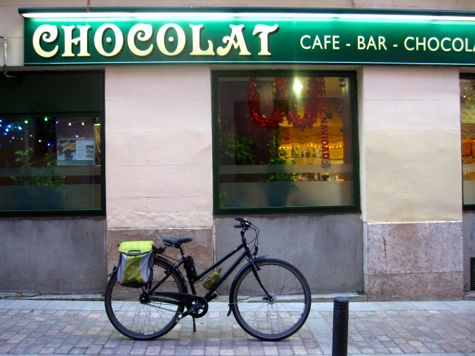
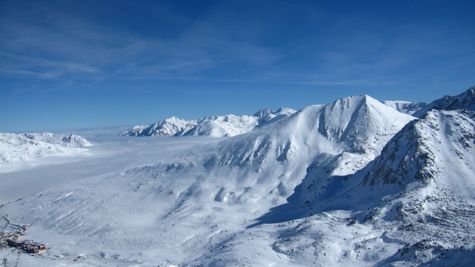
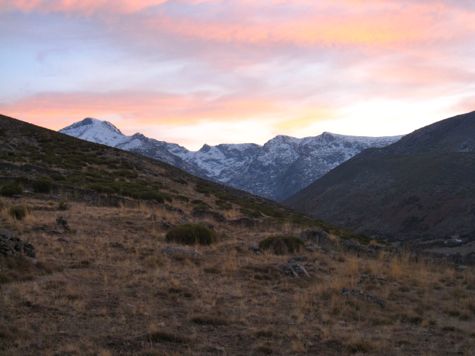


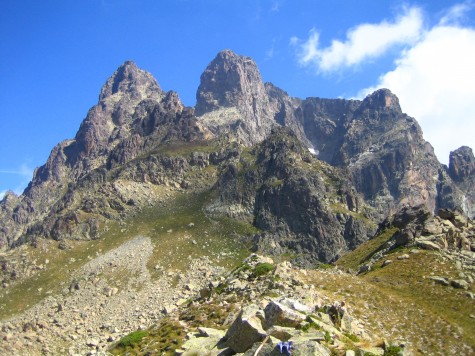






















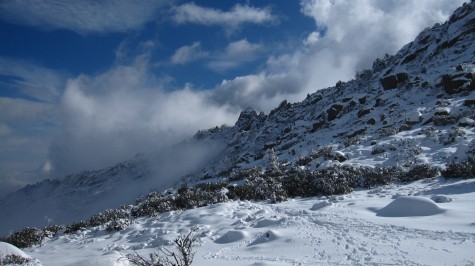

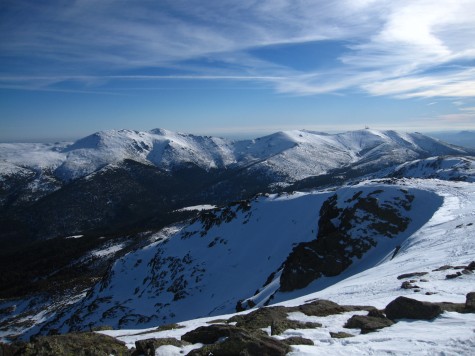







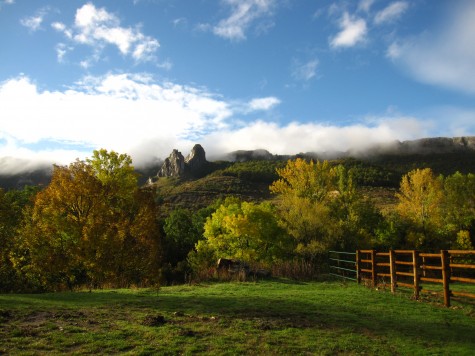




Recent Comments